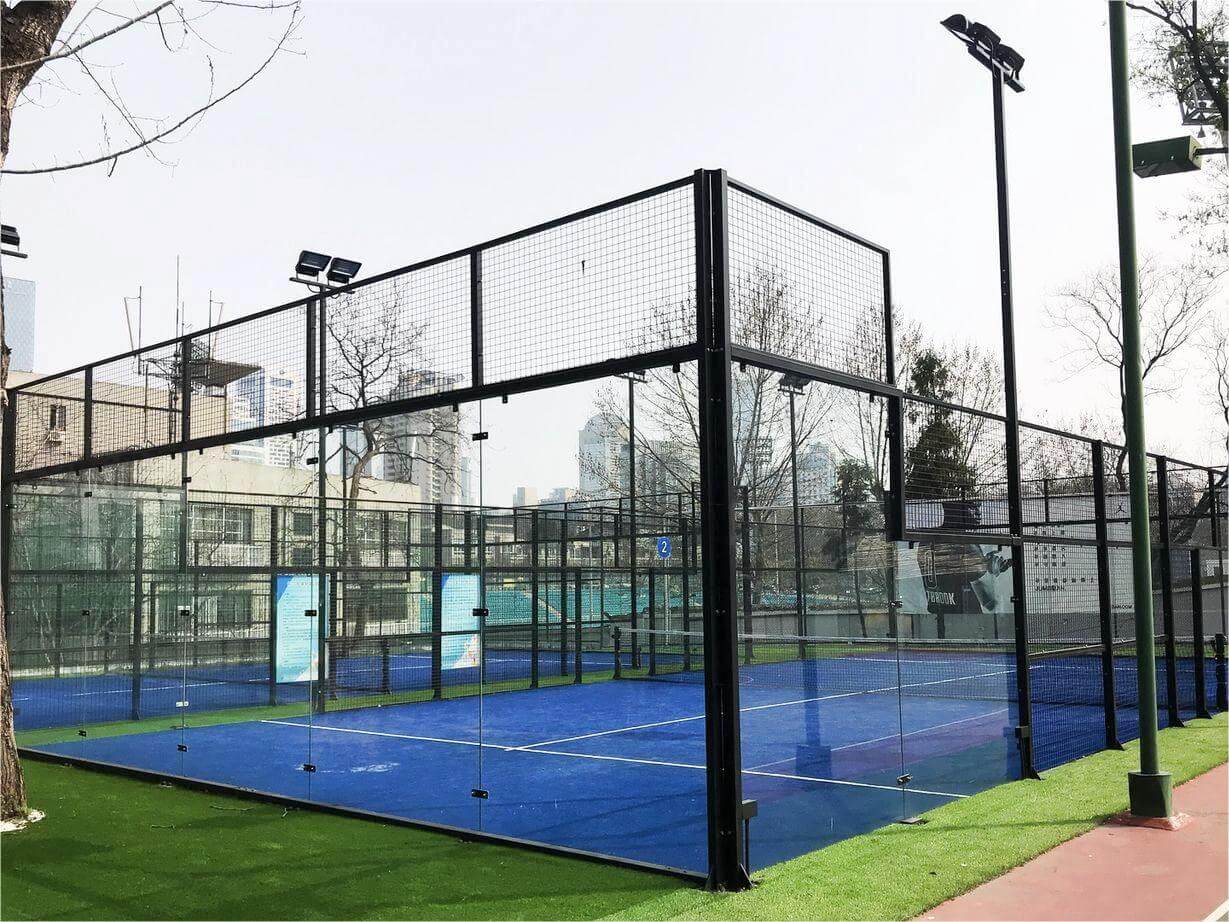As the demand for artificial grass continues to rise, it is crucial to explore the various components that contribute to its overall performance and longevity. One such essential element is the infill material used to support the synthetic blades. In this article, we will delve into the significance of silica sand as an infill choice for artificial grass, dispelling misconceptions and providing comprehensive information on its benefits and proper usage.
1. What is Silica Sand?
Silica sand is a naturally occurring granular material composed of finely divided mineral particles, predominantly made of silicon dioxide (SiO2). It is commonly found in abundance in areas rich in quartz and is widely recognized for its durability, stability, and excellent drainage properties. Silica sand is extensively used in a multitude of applications, including construction, industrial processes, and as an infill material for artificial grass.
2. Dispelling Misconceptions:
There have been misconceptions surrounding the use of silica sand as an infill material. Let’s address and correct them:
2.1. Health Concerns:
It is important to clarify that the use of silica sand as an infill material does not pose a health risk when used properly. Respiratory concerns are often associated with crystalline silica dust, which is primarily generated in industries such as mining and quarrying. Silica sand used in artificial grass infill is typically rounded, minimizing the risk of airborne dust particles. Additionally, reputable manufacturers process and refine the silica sand to ensure its safety for both installers and end-users.
2.2. Environmental Impact:
Silica sand, when used as an infill material, does not harm the environment. The granules are non-toxic and do not release harmful substances into the soil or water. Furthermore, it can be reused or recycled, promoting sustainability.
3. Benefits of Silica Sand Infill:
3.1. Enhanced Performance:
Silica sand infill significantly enhances the performance of artificial grass systems. It provides stability and weight to the synthetic fibers, preventing them from matting or becoming displaced during intense use or heavy rainfall. The sand also helps to maintain the upright position of the blades, ensuring a natural and aesthetically pleasing appearance.
3.2. Improved Drainage:
Proper drainage is vital for the longevity and functionality of artificial grass. Silica sand’s porous nature facilitates excellent water permeability, allowing rainwater and liquids to pass through the grass, preventing pooling and waterlogged surfaces. This feature minimizes the risk of mold, mildew, and unpleasant odors, promoting a healthier and more hygienic environment.
3.3. Thermoregulation:
Silica sand possesses exceptional thermoregulatory properties, making it an excellent choice for hot climates or areas exposed to direct sunlight. It helps dissipate heat, preventing the synthetic grass surface from becoming excessively hot, thus providing a more comfortable experience for users.
4. Proper Usage and Installation:
To maximize the benefits of silica sand infill, it is crucial to follow proper installation guidelines:
4.1. Recommended Depth:
The appropriate depth of silica sand infill varies depending on the type and purpose of the artificial grass. However, a general guideline suggests a range of 1.5 to 2.5 pounds per square foot.
4.2. Spreading and Brushing:
The silica sand infill should be evenly spread over the grass surface using a drop spreader or a specially designed infill machine. Afterward, brushing the grass fibers using a power brush or a stiff broom will help distribute the sand evenly and achieve optimal results.
4.3. Periodic Maintenance:
Regular maintenance, including brushing and occasional top-up of infill, is essential to ensure the longevity and performance of the artificial grass system. This helps to prevent compaction, maintain proper drainage, and preserve the appearance of the grass over time.
Conclusion:
Silica sand infill offers numerous advantages when used properly in artificial grass systems. By dispelling misconceptions and providing accurate information, we have highlighted its benefits in terms of performance enhancement, drainage improvement, and thermoregulation. With proper installation and maintenance, silica sand infill can contribute to the longevity, aesthetics, and sustainability of artificial grass surfaces. Choose high-quality silica sand from reputable manufacturers to ensure the best results for your artificial grass project.




